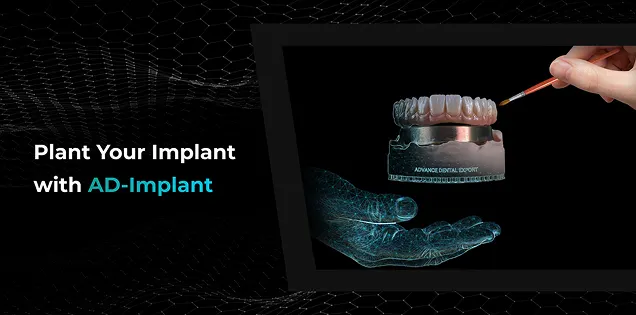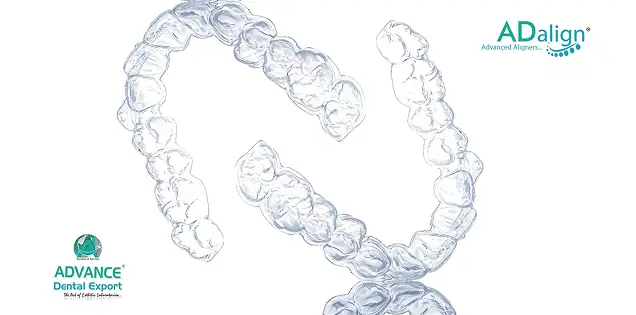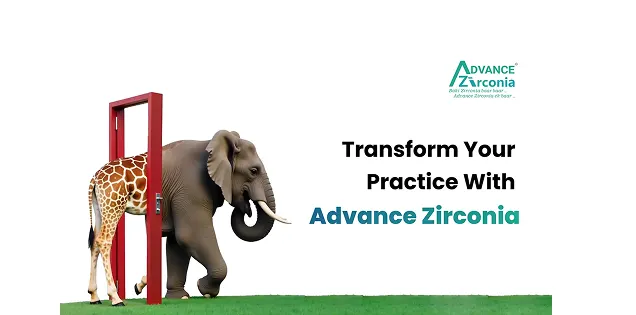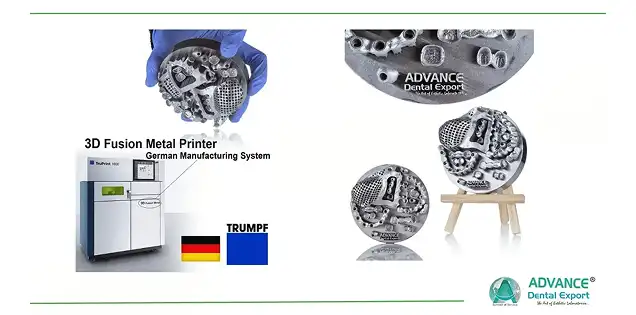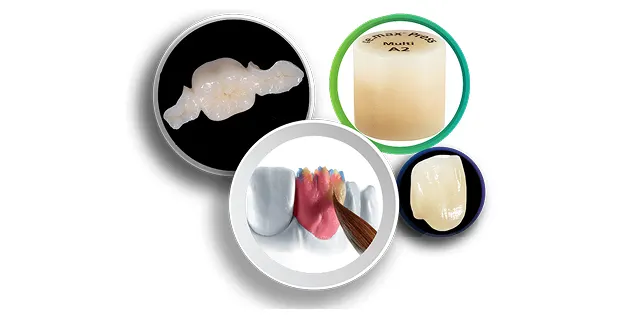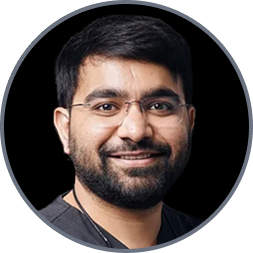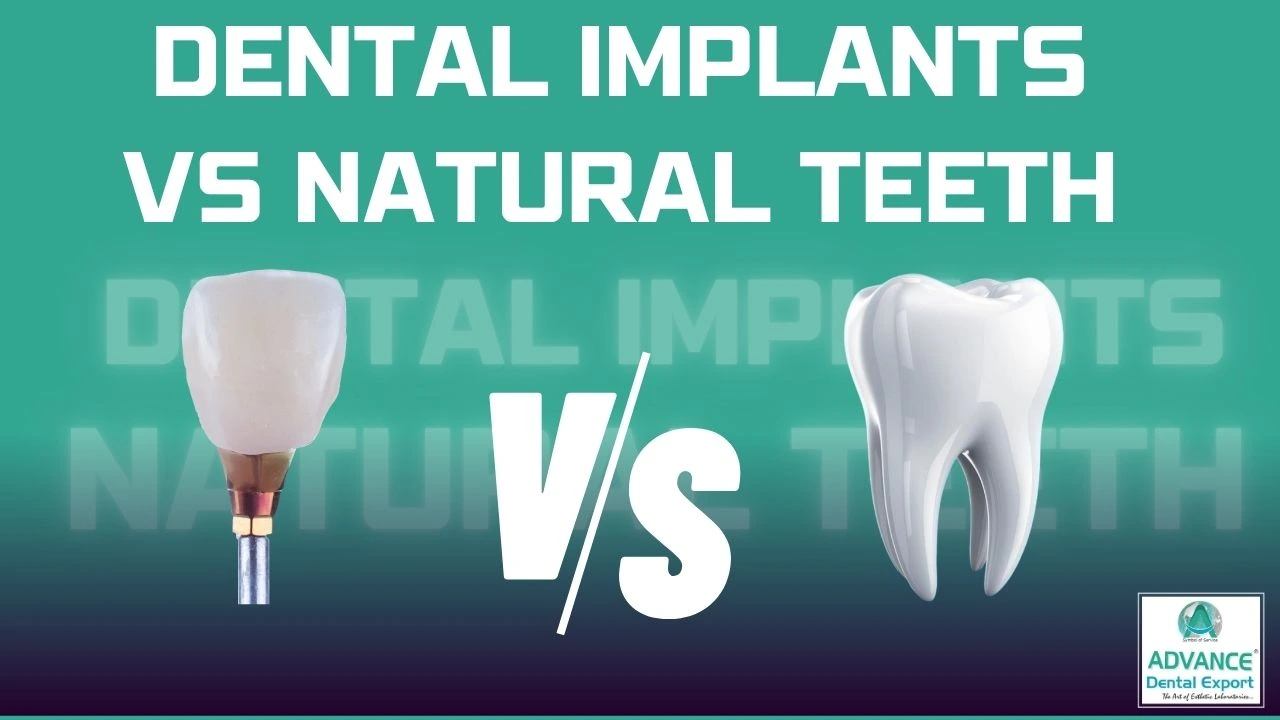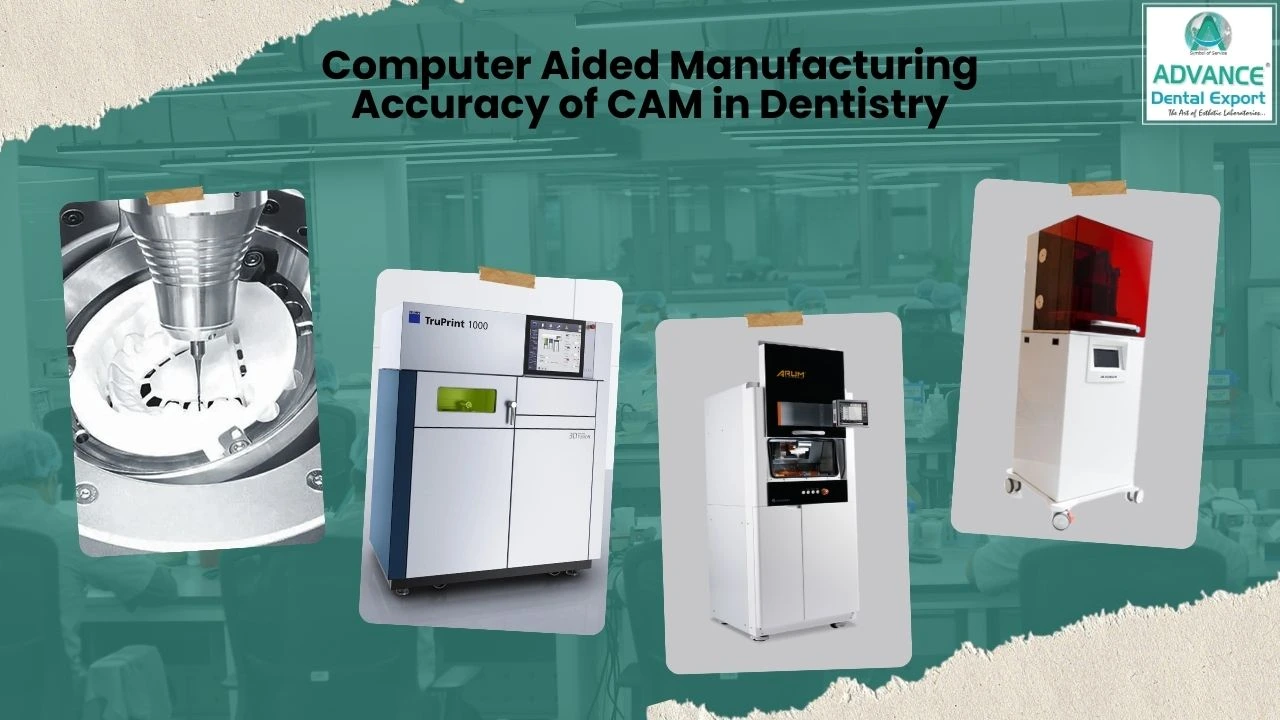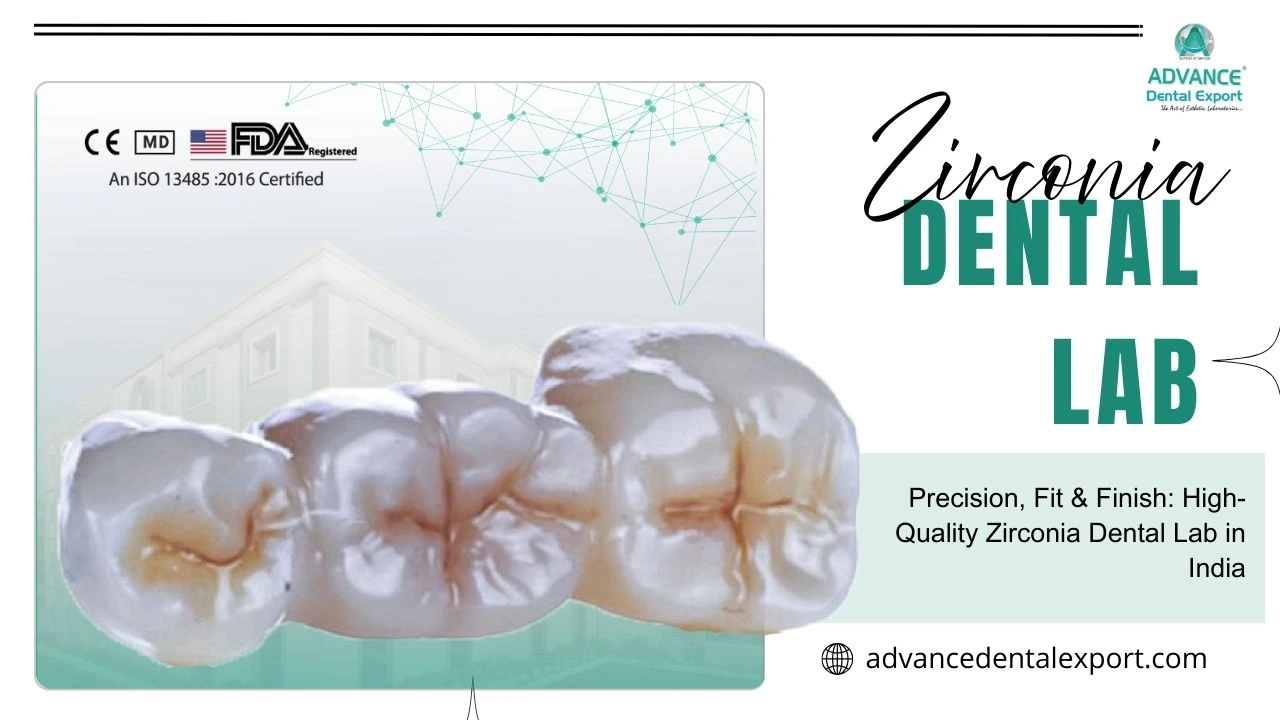What's Driving the Transformation of the Dental Industry?
Imagine walking into a dental clinic where the waiting room is a thing of the past, your dental crown is 3D-printed within minutes, and a friendly AI assistant schedules your follow-ups before you leave. That's not the future; it's the reality of where the dental industry is headed.
The world of dentistry has had a gear change over the last few years. Patients no longer settle for conventional care models. They demand efficient, technologically advanced, and personalized services. Dentists respond to these new expectations by utilizing innovative tools for practice streamlining. The convergence of patient drives this trend needs with professional aspirations a transform trends and reshape the industry through 2025 and beyond.
1. 3D Printing in Dentistry
How Is 3D Printing Revolutionizing Dental Treatments?
Imagine needing a dental crown and walking out of the clinic with a custom-fitted one—all in the same visit. This is the magic of 3D Printing in dentistry . Once considered futuristic, this technology has become a game-changer, offering speed, precision, and affordability.
What makes 3D printing special?
It allows dentists to design crowns, aligners, dentures, and even surgical guides right in the clinic. This saves patients much time while increasing precision.
Why do patients like it?
- Fewer visits to the clinic.
- Personalized solutions to their specific needs.
- Less expensive than traditional techniques.
Why do dentists adopt it?
- Increased control over the production process.
- Opportunity to provide state-of-the-art services.
- Massive cost savings on lab fees.
Top Dental Applications of 3D Printing
From the quick repair to advanced treatments, here's how 3D printing is redefining dental care:
- Crowns and bridges: Fabricated in-house to be ready the same day for restorations.
- Clear aligners: Created rapidly for orthodontic procedures.
- Implant guides: The precise guide ensures accurate placement.
- Dentures: Custom-fitted dentures that ensure enhanced comfort and longer usage.
With the dental implants 3D Printing market projected to grow from $3 billion in 2023 to $8.1 billion by 2029, this trend is not a blip but a revolution in oral healthcare.
2. Increased Group Practices and DSOs
Why Do Solo Dental Offices Decline?
For many decades, dentistry was dominated by solo practitioners managing their independent offices. However, times are changing, so is the dental care business. More and more, dentists are forming group practices or affiliated dental service organizations, or DSOs. But why?
- Rising costs: The cost of running an individual practice, from equipment to rent, has become increasingly unmanageable for a solo dentist.
- Student debt: Many dental school graduates graduate with significant loans and may find it appealing to enter into a group practice or DSO for financial security.
- Focus on care: In a group practice, the dentists can spend more time with the patients and have the central team handle administrative matters.
The Advantages of Dental Service Organization (DSO) Membership
For both dentists and patients, DSOs offer several benefits:
For Dentists:
- Access to state-of-the-art technology.
- Support with staffing, marketing, and compliance.
- A steady income without the stress of managing a business.
For Patients:
- Consistent care across multiple locations.
- Extended hours and better appointment availability.
- Competitive pricing due to economies of scale.
By 2022, the percentage of dentists associated with DSOs had nearly doubled in five years, reaching 13%. This trend points to a future where collaboration and efficiency will be the order of the day in dental care.
3. Digital Marketing Trends in Dentistry
Explore Our Restorations
How Digital Marketing Is Redefining Dental Practices
No more word of mouth and a signboard; with the present-day digital scenario, dental practices are stepping up with innovative online marketing strategies to make their way through the cutthroat dental field.
- Presence on social media: Patients get to see before-and-after images of dental treatments and other tips on platforms like Instagram and Facebook.
- Video marketing: Short videos illustrating practices or featuring patient testimonials help establish credibility and new patient flow.
- Google visibility: An emphasis on local SEO means that practices are more likely to show up if a potential patient searches for "dentist near me."
Best Practices for Attracting Patients Online
To succeed digitally, dental practices are using the following best practices: Create interesting content: Blogs, videos, and infographics about common dental issues create authority and drive traffic.
- Leverage reviews: Online positive reviews and testimonials are the key to most patients' decision-making.
- Offer virtual consultations: Teledentistry appointments make it easy for new patients to connect with dentists.
- Use targeted ads: Platforms like Google Ads and Facebook Ads allow practices to reach potential patients based on location and demographics.
The pandemic forced dental practices to adapt to the adoption of digital marketing. Its advantages, however, are here to stay. It means embracing such tools to reach the tech-savvy crowd and stay ahead of the curve.
4. Subscription-Based Dental Care Models
What Are Subscription Plans for Dental Services?
Imagine predictable dental care costs without insurance paperwork. That is what the subscription-based dental care models promise. These plans, often referred to as in-house membership programs, are revolutionizing how patients receive and pay for dental services.
How it works:
Patients pay a fixed monthly or annual fee in exchange for routine services such as cleanings, exams, and discounts on other treatments.
Why It's Gaining Popularity
- Simplifies the payment procedure.
- Elimination of the red tape associated with traditional insurance
- Promotes dental check-ups with improved oral care
How Models Help Both Parties: Dentist and Patient
For Patients,
- Transparency as well as the predictable cost.
- Not denied by insurers or charged undeclared fees
- Increased peace, as they know treatment is available when needed
For Dentists
- Surety of earnings, even off-season
- Increasing loyalty among customers as members get to visit regularly
- Less need for third parties to settle and pay for.
A recent survey shows that 83% of consumers prefer to continue staying with practices that provide in-house membership plans. The membership plan not only reduces the costs associated with dental care but also bonds patients closer to providers.
5. Laser Dentistry Breakthroughs
Why Laser Dentistry Is So Popular
Imagine dental treatment that does not feature that dreaded drill or excessive oozing of blood. Laser dentistry is making these visions a reality, providing patients and dental practitioners with the most painless and efficient care.
So, what is so special about laser dentistry?
Lasers can target the exact areas of problems and cause much less pain and swelling, as well as much less postoperative recovery time.
The reasons patients like it
- Fewer visits for some treatments
- Minimum invasiveness
- No noise-related anxiety
Why Dentists Are Adopting It?
- Improved accuracy in procedures.
- Less time to heal for patients.
- Flexibility to treat both soft and hard tissue problems.
Important Procedures Enhanced with Laser Technology
Lasers are revolutionizing a wide array of dental treatments:
- Gum sculpting: Allows for an even gum line with minimal discomfort.
- Cavity removal: Hits the decay without compromising the healthy surrounding tooth structure.
- Teeth whitening: Enhances the whitening process, allowing for quicker results.
- Periodontal treatment: It provides effective cleaning and healing of the infected tissue during gum disease treatment.
The annual growth rate of 7.6% is forecasted for dental lasers up to 2030, which foretells an excellent future of this innovative technology in routine as well as in advanced dental care.
6. Natural Oral Hygiene Products
What's driving the demand for natural dental products?
Today, consumers are a lot more cognizant about what goes into the products that they use, and dental care is no different. From herbal toothpaste to bamboo toothbrushes, the call for natural, sustainable oral hygiene solutions is growing dramatically.
Why?
- Increased awareness about the potential danger posed by man-made ingredients in the form of parabens and sulfates.
- A need for a decreased environmental footprint in packaging and biodegradable products.
Who is making a change?
The traditional players, along with small, niche start-ups, are creating new and innovative solutions in this category, with both eco-friendly and earth-friendly features.
The Most Natural Products Gaining Momentum in Oral Hygiene
Looking for a trusted lab partner? Get high-precision restorations from Advance Dental Export
This is what's popular in natural dental hygiene:
- Herbal toothpaste: Infused with neem, tea tree oil, and activated charcoal to cleanse with ease yet power.
- Bamboo toothbrush: Plastic-free option; its handles are biodegradable.
- Oral probiotics: Supplements designed to promote healthy bacteria in the mouth, reducing problems such as bad breath and gum inflammation.
- Fluoride alternatives: Products featuring xylitol or hydroxyapatite for cavity prevention.
As the consumer continues their march toward healthy and sustainable options, natural oral hygiene products are quickly becoming more than a trend: they're a new standard.
7. Expansion of Teledentistry
How Teledentistry Increases Access to Treatment
Think of talking with a dentist sitting comfortably in your own home, reviewing symptoms and, yes, receiving a preliminary diagnosis, all without entering a clinic. It's a prospect that teledentistry has for a breakthrough solution in the care of dentistry.
What is the momentum building?
- Reaches underprivileged or unreachable regions
- Avails to a patient busy and or limited by mobility.
- Reduces the need for in-person visits for minor concerns.
How it works:
Dentists can assess oral health, provide advice, and prescribe medications if needed through video calls or apps.
Can Remote Consultations Replace In-Office Visits?
Teledentistry is best suited for:
- Initial consultations: Evaluating symptoms and deciding whether a visit is required.
- Follow-ups: Monitoring progress after treatments such as extractions or orthodontics.
- Preventive advice: Counseling patients on oral hygiene practices. However, it is not a replacement for in-person care. Cleanings, fillings, and X-rays still require hands-on approaches.
Teledentistry is likely to supplement traditional dental care and make services more accessible and patient-friendly as it continues to evolve.
8. Automation and AI in Dental Practices
How Automation Is Streamlining Dental Office Operations
Imagine a dental office where mundane tasks such as scheduling appointments, sending reminders, and managing billing are handled with ease by technology. Automation transforms dental practices, making operations easier for dentists and patients.
Key Benefits of Automation:
- Efficiency: Tasks that take hours can now be done in minutes.
- Consistency: It reduces errors in scheduling, billing, and patient records.
- Improved patient experience: Automated reminders and online booking systems enable patients to track their care better.
Role of AI in Improving Patient Care
Through AI, dentists can get closer to providing even more accurate and personalized care.
- AI-driven diagnosis: With these tools, exams using X-rays and patient information would help identify a case of cavity, gum disease, or even oral cancer as early as it presents.
- Virtual assistants: Chatbots answer patients' questions, make service recommendations, and even provide post-treatment care instructions.
- Predictive analytics: AI predicts what a patient may need, and interventions and follow-ups are conducted in a timely manner.
The healthcare chatbot market is estimated to grow by 23.9% year on year to reach $12.2 billion by 2034. With automation and AI on the same side, dental practices can focus more on care and less on administration.
Preparing for the Future of Dentistry
The dental industry is on the cusp of a transformative era. With technologies such as 3D printing and AI now integral to daily operations, patients can expect faster, more personalized care. Teledentistry and subscription-based models are opening up oral health to accessibility and predictability, breaking traditional barriers to care. The shift toward sustainable products and practices reflects growing alignment with consumer values.
As these trends converge, the focus will be on ensuring a seamless experience for patients and empowering dentists with tools to innovate. The future of dentistry promises not just advancements in treatment but also a deeper connection between providers and their patients as they shape a healthier, more sustainable industry.

